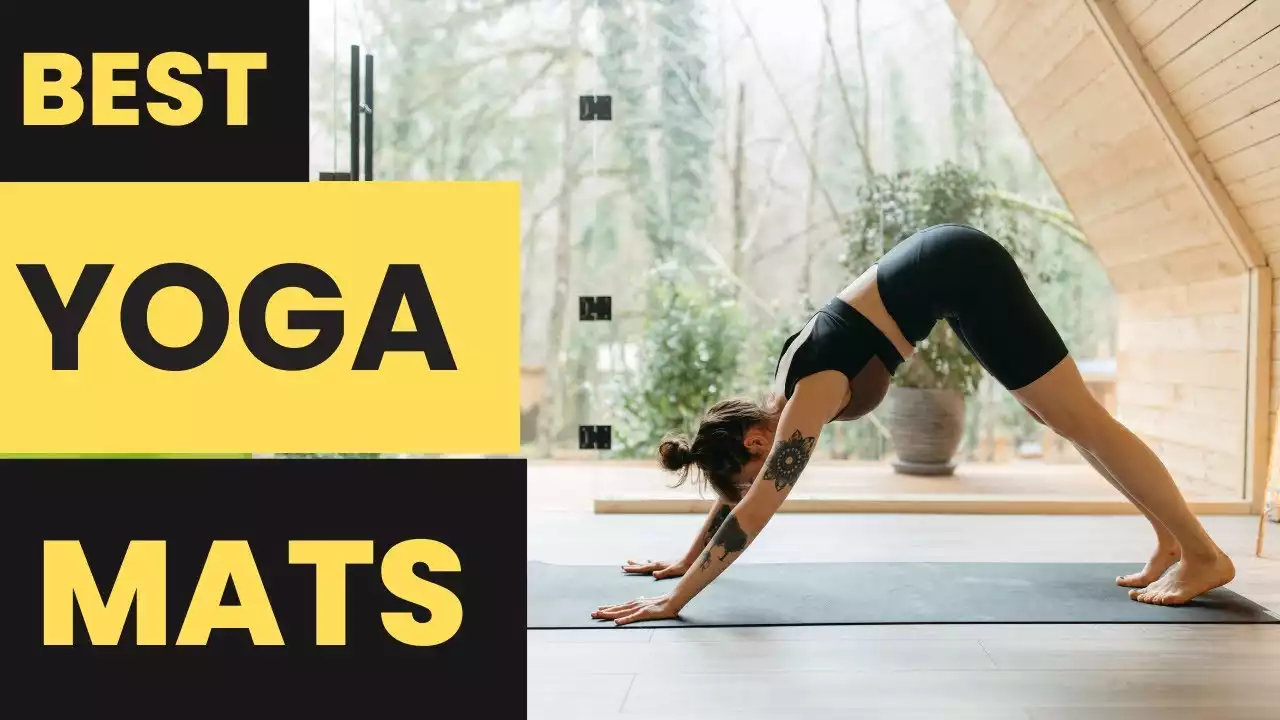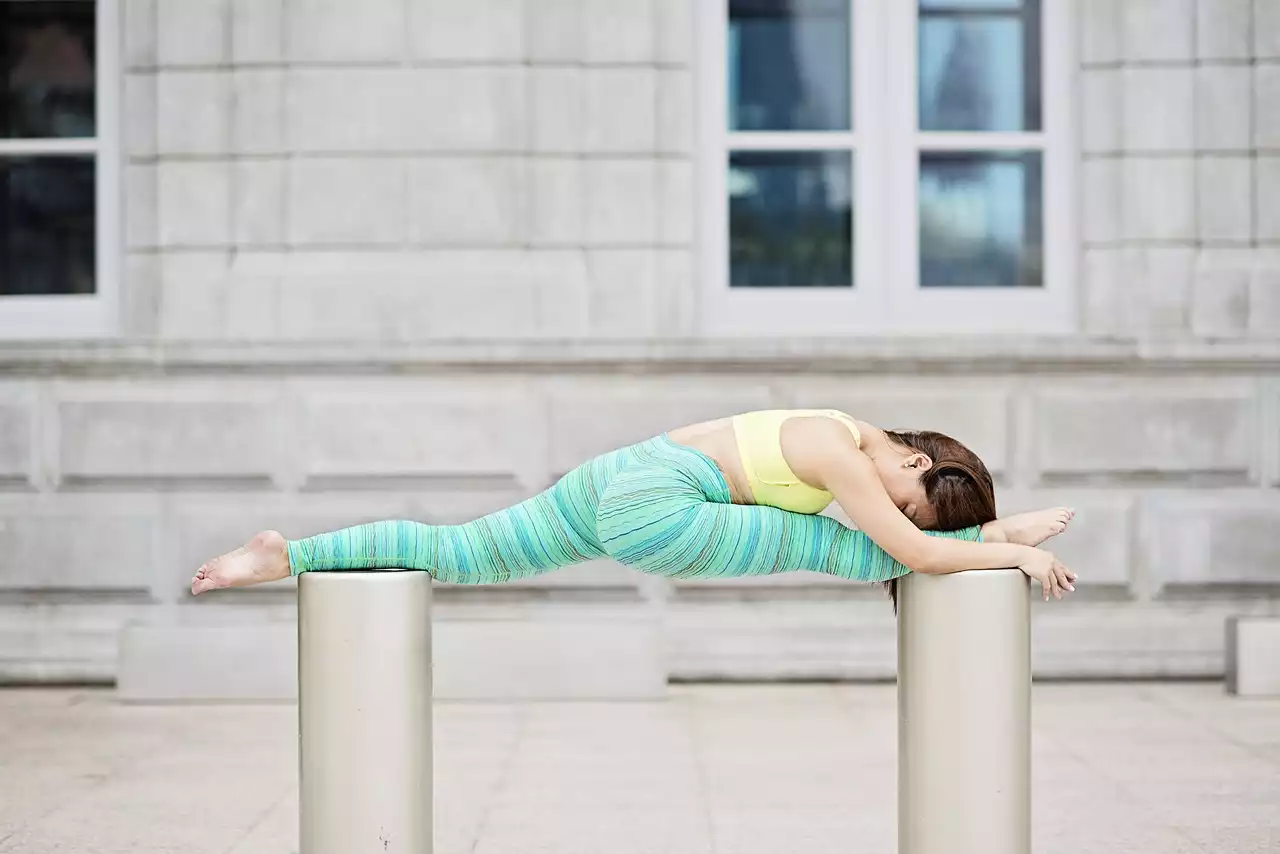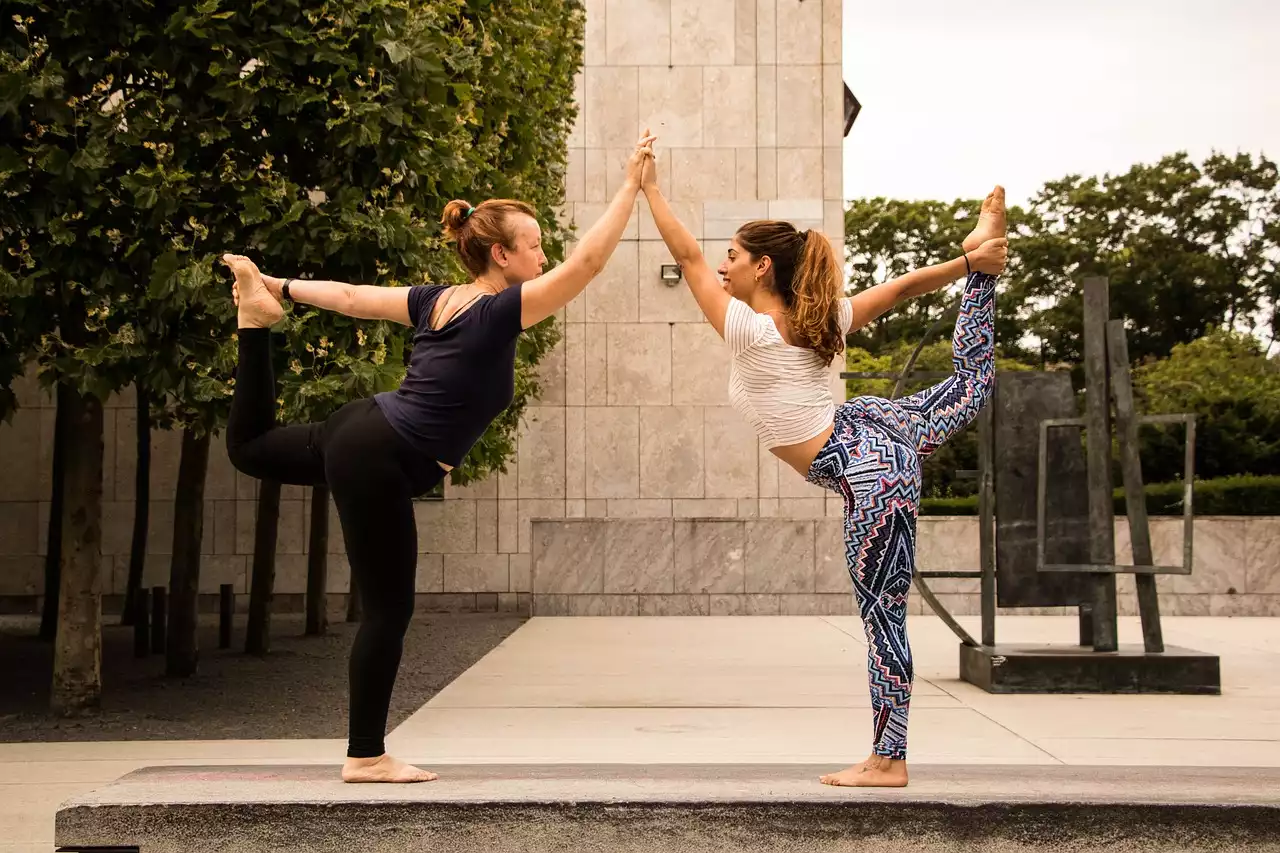Benefits of Yoga for Athletes
When done properly, yoga is a great way to improve overall health and can be a very beneficial practice for athletes. Yoga can improve flexibility and overall strength and help athletes reduce their risk of injury. Additionally, yoga can help athletes to become more aware of their bodies and respond better to the physical demands of their sport. Yoga can improve flexibility and help athletes to reduce their risk of injury by increasing the overall flexibility of their muscles, tendons, and ligaments. Additionally, yoga can help to improve the range of motion in joints such as the hips, knees, and shoulders. This can help athletes to avoid injuries, especially those caused by overusing a joint or muscle.
What is a Yoga Program for Athletes?
A yoga program for athletes should focus on stretching and strengthening the entire body. The practice of yoga puts pressure on the muscles and ligaments, helping them to become more flexible, and strengthening them at the same time. A good yoga program will include poses that target the hips, hamstrings, quads, and back muscles. These areas are often neglected in exercise routines and are crucial for athletes constantly putting their bodies under stress.
How Yoga Improves Flexibility and Strength
Yoga can improve flexibility by stretching the muscles and ligaments to the point of elongation. Flexibility can be improved by stretching the muscles to the point of elongation. Yoga poses, when done properly, can help the muscles to relax and increase blood flow to the muscles and joints. Increased blood flow brings nutrients to the muscles and helps them to relax. The muscles and joints can then be stretched more easily. When done properly, stretching can also increase the length and elasticity of muscles and ligaments. This can help athletes to avoid injuries by allowing them to move their bodies freely. Yoga can improve strength by stressing the muscles to the point where they are activated and begin to adapt. By holding certain poses and adding resistance to them, yoga can help the muscles to activate in a way that they do not while performing everyday activities. This can help the muscles to grow and increase in strength.
How Yoga Reduces Stress Levels and Improves Focus
Yoga can reduce stress levels by allowing the mind and body to relax in a quiet and peaceful environment. Many yoga poses focus on breath and meditation. By focusing on their breath and meditating, athletes can clear their minds from the pressures of the athletic field. This can help them to regulate their emotions and reduce stress levels. The act of focusing on the breath can also help athletes to improve their focus. This can help them become more present during a game and make better decisions when under pressure.
How Yoga Improves Cardiovascular Endurance
Certain yoga poses can help athletes to improve their cardiovascular endurance by increasing their heart rate and improving their overall lung capacity. Many poses focus on the core muscles and can help athletes to engage their core in a way that mimics the action of running. This can help those who are training for endurance sports to improve their endurance by training the core muscles.
How Yoga Improves Balance, Coordination, and Agility
Yoga can improve balance and coordination by strengthening the core muscles and improving overall body awareness. Yoga poses that focus on the core muscles can help athletes to improve their balance and coordination by engaging their core. This can help athletes to become more aware of their bodies in space and respond better to the physical demands of their sport.
Yoga Poses for Athletes
To get the most out of yoga practice, athletes should focus on poses that target their hips, hamstrings, quads, and back muscles. These muscles are often neglected in exercise routines and are crucial for athletes constantly putting their bodies under stress. Many different yoga poses target these muscles.
Hip Openers - The hips are often forgotten when working out, but they are an essential part of the body. Most yoga poses that focus on the lower body also targets the hips, helping them to become more flexible.
Hamstring Openers - These muscles are often very tight in athletes and need to be stretched to help reduce the risk of hamstring injuries.
Quadriceps Openers - These muscles are often overused and tired in athletes, especially those who are constantly putting their bodies under stress.
Back Openers - The back muscles play a crucial role in many sports and yoga poses can help them to become more flexible.
Tips for Starting a Yoga Program for Athletes
When beginning a yoga program, athletes should start with a beginner yoga class or yoga poses that are easier to perform. It is important to start slow when practicing yoga and to focus on proper form. Athletes who are new to yoga should focus on their breath and try to relax their bodies. Over time, they can incorporate more challenging poses into their practice and experience all of the health benefits that yoga has to offer.










